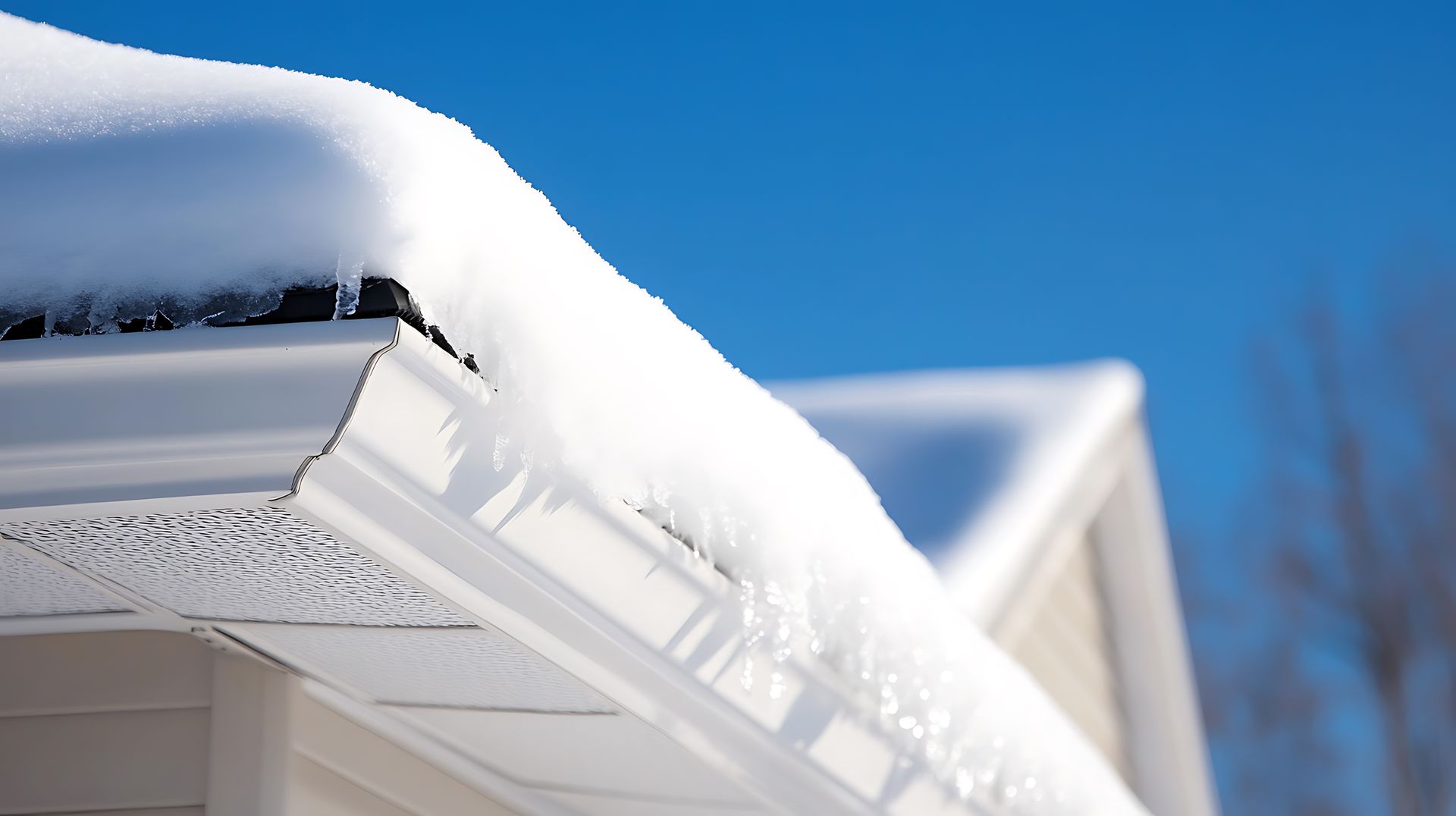Ohio's diverse climate, ranging from humid summers to cold winters, is a welcoming habitat for a variety of pests. These critters can do more than just cause a nuisance; they can pose serious threats to the structural integrity of your home. Understanding the common pests, recognizing signs of infestation, and appreciating the importance of regular pest inspections are key steps every Ohio homeowner should take. This guide will cover termites, carpenter ants, and other common pests in Ohio.
Common Pests in Ohio
- Termites: Often referred to as 'silent destroyers', termites can cause extensive damage before a homeowner ever realizes there’s a problem. Ohio is predominantly home to Eastern subterranean termites. These pests thrive underground and create tunnels to food sources above.
- Carpenter Ants: Unlike termites, carpenter ants do not eat wood but excavate it to create nests. Piles of wood shavings or frass often indicate their presence. They prefer moist, decaying wood, making Ohio homes with leakage issues particularly vulnerable.
- Bed Bugs: Found in all 50 states, bed bugs are prevalent in Ohio, particularly in urban areas. These small, flat insects feed on human blood and are notorious for their bites, which can cause itching and discomfort.
- Rodents: Mice and rats are common in rural and urban Ohio settings. They can enter homes through tiny openings, seeking food and shelter. Once inside, they can cause damage by gnawing on materials, spreading diseases, and contaminating food sources.
Signs of Infestation
- Termites: Look for mud tubes on exterior walls, hollow-sounding wood, and darkening or blistering of wooden structures. Swarms of winged insects from the soil around the home or the building's foundation are a tell-tale sign of termite activity.
- Carpenter Ants: Look for piles of wood shavings, faint rustling noises within walls, and large winged ants emerging from crevices or walls.
- Bed Bugs: Check for rusty or reddish stains on bed sheets or mattresses, tiny dark spots (excrement), and live bugs.
- Rodents: Signs include droppings, gnaw marks on food packaging or furniture, nests in secluded areas, and a stale smell from hidden areas.
Importance of Pest Inspections
- Early Detection: Regular pest inspections can help catch infestations early, saving thousands of dollars in home repair and pest eradication costs. Early detection is particularly critical for pests like termites, which can compromise a home's structural stability.
- Preventive Measures: A professional pest inspector can identify current infestations and offer advice on preventive measures to keep future pests at bay. This might include sealing entry points, improving drainage, or adjusting landscaping to discourage pests.
- Health and Safety: Some pests can pose health risks to humans and pets. Rodents, for example, can carry diseases such as Hantavirus and Salmonella, while bed bug bites can lead to allergic reactions.
- Peace of Mind: Knowing that your home is free from pests, or that an infestation has been identified and can be dealt with, provides peace of mind. This is invaluable, especially when dealing with pests that can cause significant damage.
For Ohio homeowners, understanding the threats posed by common household pests and recognizing the signs of their presence are crucial steps in protecting their investment and their family’s health. Regular pest inspections are an indispensable tool in this ongoing battle. You can ensure your Ohio home remains safe and pest-free by staying vigilant and proactive.




